Snipes are a group of wading birds in the sandpiper, or Scolopacidae, family. There are 26 different species, which researchers divide into 3 different genuses. They are similar in appearance to the woodcocks, with stout bodies and long, straight beaks. Most Snipes have well camouflaged plumage, known as cryptic coloring. Read on to learn about the Snipe.
Description of the Snipe
These birds all look relatively similar. They have the same body shape, and usually the same coloration, with different details and patterns. The smallest species, the Jack Snipe, grows to just eight inches long. The largest species, the Great Snipe, grows to a foot long. All of the various species have brown feathers, with darker and lighter colored barring throughout.
Interesting Facts About the Snipe
There are many species of this bird, and each is slightly different from the next. Learn more about what makes these birds unique below.
- Stout and Stocky – These are relatively stout looking birds. This is no mistake, and they aren’t simply fat! They have a surprising amount of pectoral muscle in their chests. This muscle is what they use to flap their wings.
- High Flying – Having super-strong wing muscles means powerful flight. Some species can fly up to 60 miles per hour!
- Watch Your Back – When you feed by sticking your beak into the dirt or mud, it can be useful to see what might be sneaking up behind you. This is why Snipes have eyes set very far back on their heads. Just like woodcocks, this eye placement makes it easier for them to keep an eye on potential predators behind or above them.
- “Sniper” – The Snipe came before the “sniper”! British soldiers coined the term sniper in the 1770s. The soldiers hunted these birds in their spare time, and those with the best shot caught the most birds. Those that could shoot accurately enough to hunt these birds became known as snipe
Habitat of the Snipe
Even though there are many different species of Snipe, most of these birds live in similar habitat types. Primarily, they live in waterside habitats with a variety of vegetation for them to hide in.
Some of the different ecosystems that they inhabit include wetlands, estuaries, bogs, ponds, lakes, swamps, and marshes. They also live in flooded meadows or pastures, and along the banks of rivers and streams.
Distribution of the Snipe
The many different species of these birds live across virtually the entire globe. As is the case with most animals, the sole exception to this rule is Antarctica. Not many creatures live in Antarctica, for the obvious, frozen reasons!
These birds live in North, Central, and South America. They also live across Eurasia, India, Africa, Australia, and the surrounding islands. Different Snipe species live in different areas, though some populations do overlap.
Diet of the Snipe
These birds are primarily carnivores, though some species are omnivorous and also eat seeds, berries, fruits, and grains. Their primary prey is invertebrates, like worms and insects. They hunt by poking and prodding with their long bills, usually in mud, sand, or some other soft soil.
Some of the different types of prey that they eat include earthworms, insect larvae, centipedes, snails, grubs, beetles, spiders, and more. Different species prey on different types of invertebrates based on what is available in their region.
Snipe and Human Interaction
While human interaction varies from species to species, people in many areas consider Snipes as gamebirds. These birds fly very quickly and erratically, which makes them difficult to shoot. The impact of hunting varies from species to species.
Some species are widespread and common, while others have smaller, more vulnerable populations. Habitat destruction and pollution also pose threats to the survival of these birds.
Domestication
Humans have not domesticated Snipe in any way.
Does the Snipe Make a Good Pet
No, Snipes do not make good pets. These birds are shy and secretive, and do not like human contact. It is also illegal in most places to own one as a pet.
Snipe Care
Snipe care varies from species to species, though they all generally live in similar ecosystems. Their enclosures normally have a variety of vegetation and shrubbery, as well as shallow water bodies to forage in.
They eat a variety of insects and invertebrates, including crickets, mealworms, insect larvae, and more. They also eat pelleted insectivore diet, which ensure they receive the proper vitamins and micronutrients that they need.
Behavior of the Snipe
Individual behavior varies from species to species and bird to bird. Some species are active during the day, or diurnal. Other species are more active at dusk and dawn, or crepuscular. Outside of the breeding season these birds migrate and congregate in flocks.
During the breeding season pairs are territorial and do not interact with others of their kind. They choose a single mate, and both partners assist in the rearing of the chicks.
Reproduction of the Snipe
Breeding strategies vary from species to species, though they are relatively similar. Generally, these birds build their nests on the ground, usually within dense vegetation near marshes or swamps. Though the number of eggs laid varies, three or four in a clutch is common.
The incubation period lasts about three weeks, and the chicks stay in the nest for about three weeks. Once they leave the nest, they quickly learn how to fly, and become independent soon after.

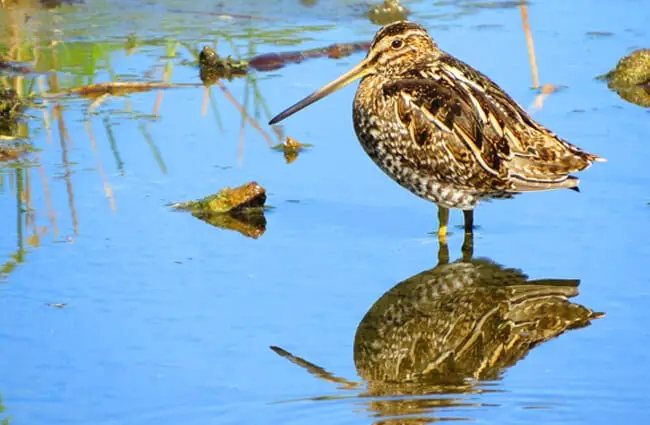
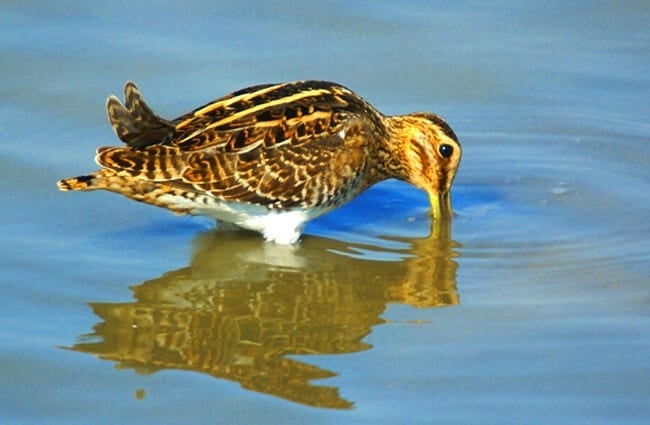
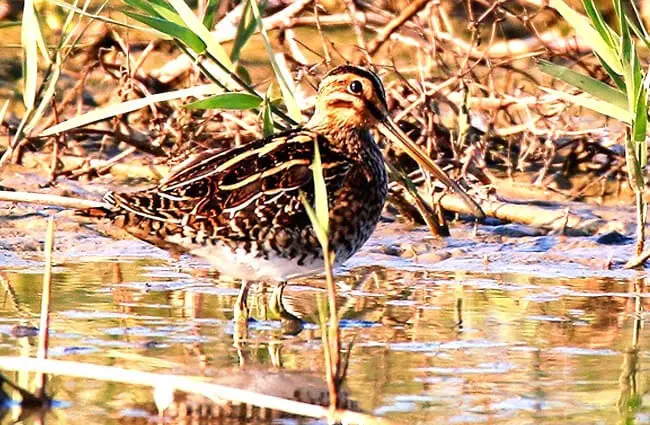
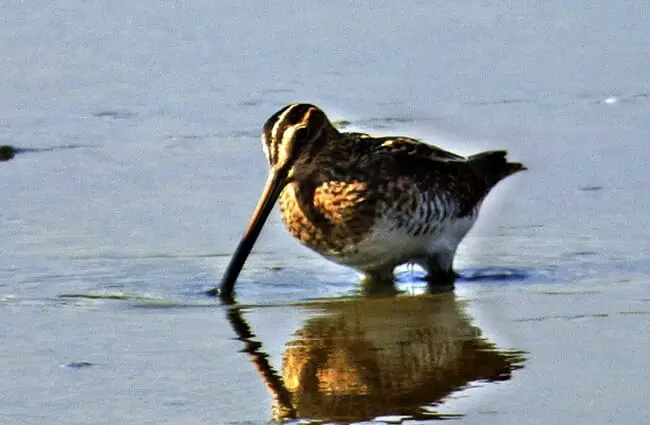

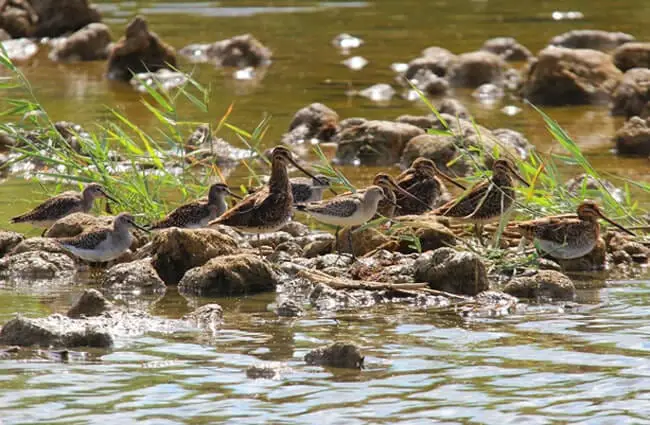


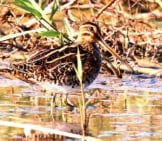

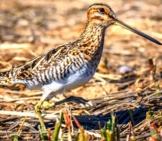

![Red Angus Closeup of a beautiful Red Angus cowPhoto by: U.S. Department of Agriculture [pubic domain]https://creativecommons.org/licenses/by/2.0/](https://animals.net/wp-content/uploads/2020/03/Red-Angus-4-238x178.jpg)












![Red Angus Closeup of a beautiful Red Angus cowPhoto by: U.S. Department of Agriculture [pubic domain]https://creativecommons.org/licenses/by/2.0/](https://animals.net/wp-content/uploads/2020/03/Red-Angus-4-100x75.jpg)

